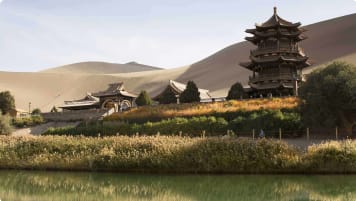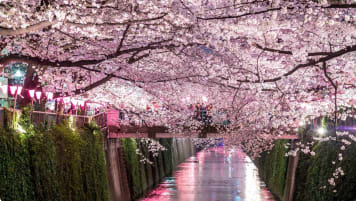Japan travel tips - a guide for mature travellers
Japan travel tips – a guide for mature travellers This article is a guide for mature leisure travellers who are considering their first visit to Japan. Visiting Japan, a land of dazzling contradictions, is an…
23 Jun 17 · 9 mins read
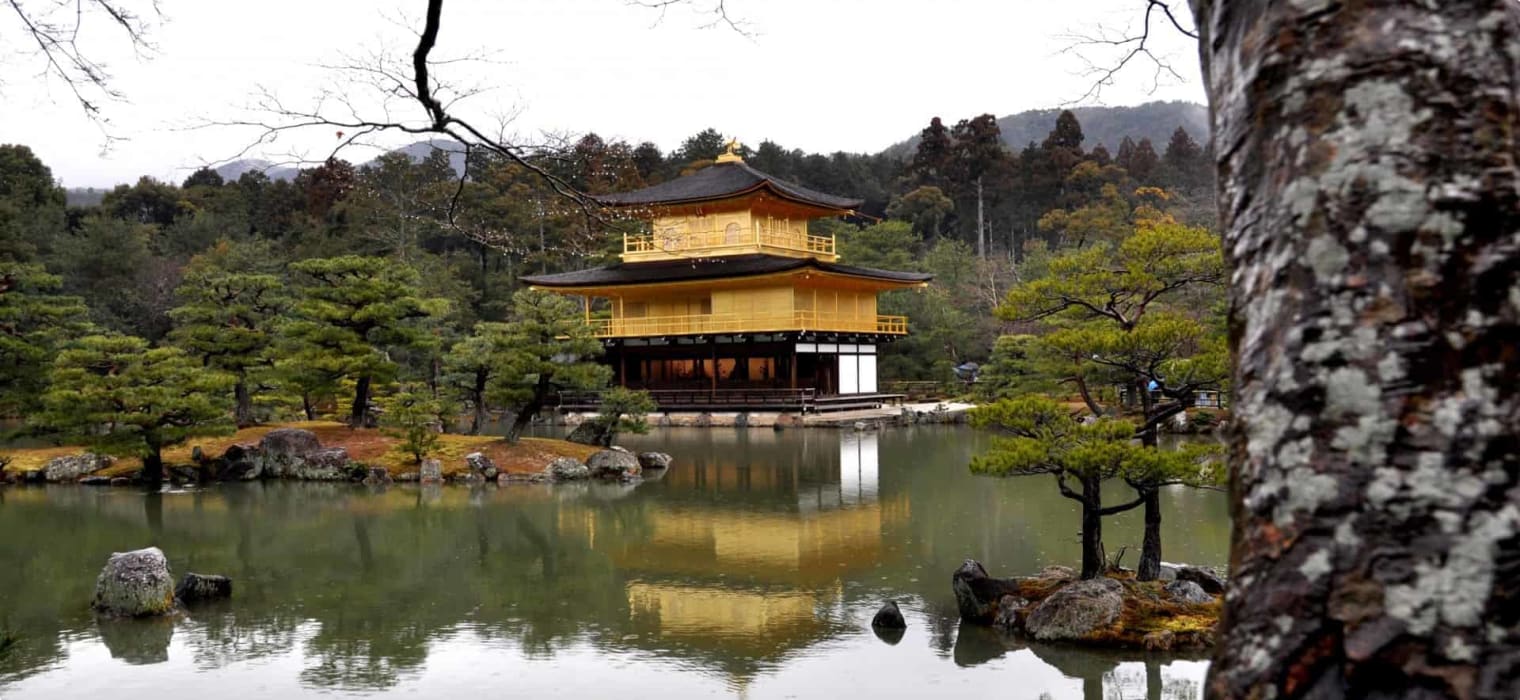
Japan travel tips – a guide for mature travellers
This article is a guide for mature leisure travellers who are considering their first visit to Japan.
Visiting Japan, a land of dazzling contradictions, is an unforgettable experience. High-tech cities harbour relics of a fascinating past. Futuristic fashion and gadgets share the streets with evidence of deeply held traditions. A soaring skyscraper may house a chamber for ancient tea ceremonies (sado), with tatami mats and sliding wooden doors. Japan is a country famed for its quirky vending machines, where you can purchase soup and even ramen!
But Japan also has a rich and proud history of architecture, culture and the arts. Literature, in particular, continues to flourish, with this nation responsible for the haiku poem. This guide for mature travellers will assist you in planning your visit. It provides key information on what makes Japan so memorable, plus some insider travel tips for mature travellers, either couples or those enjoying solo travel.
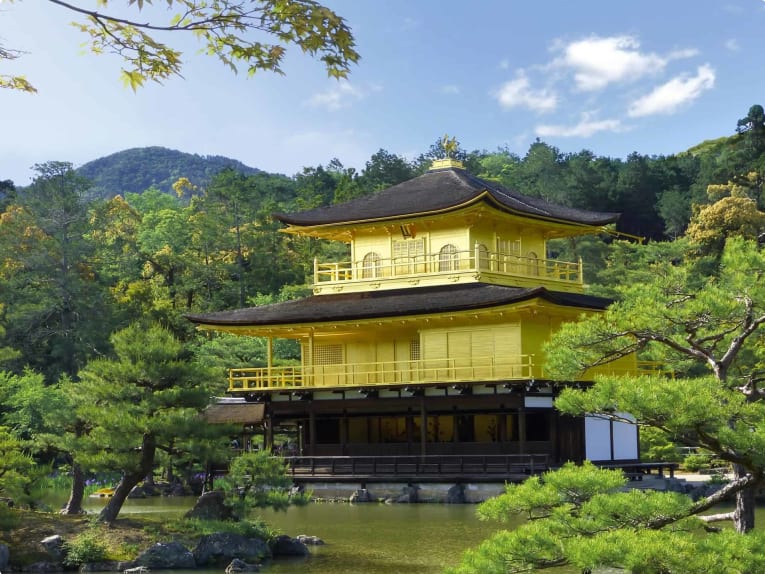
The word Japan conjures for most the image of bright lights and concrete jungles, but the cities abound in natural wonders. Once you step outside the urban centres, expect stunning, geographically diverse landscapes. Japan offers some of the world’s best skiing, and the blooming cherry blossoms draw people from across the world. Japan is also home to 15 cultural and four UNESCO world heritage listed sites, including exquisite temples and sacred sites. Always surprising and incredibly diverse – from its cities to the mountains and semi-tropical beaches, Japan offers travellers unique experiences.
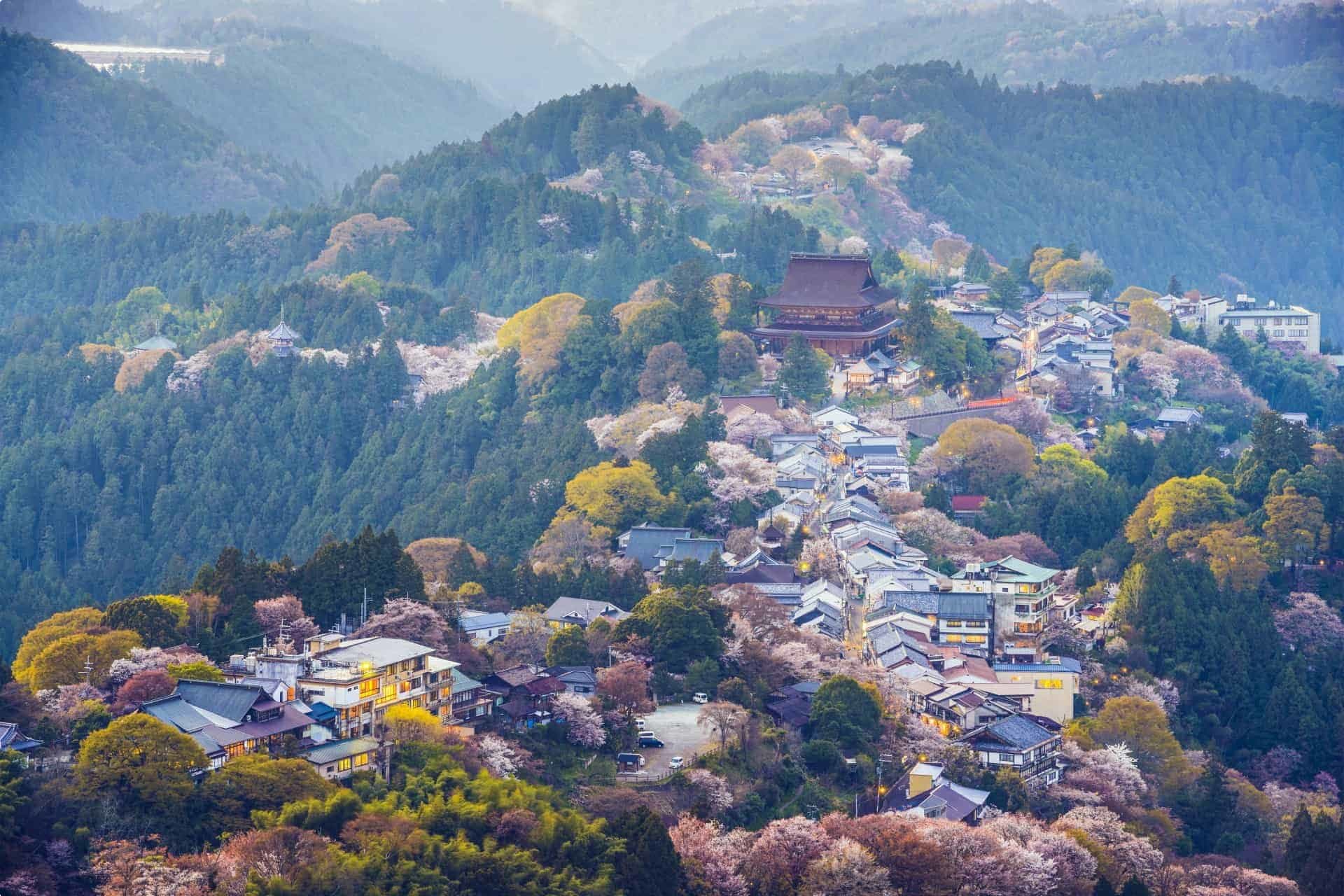
Visiting Japan, land of the rising sun
Japan is an island nation located in East Asia on the Pacific Ocean. It lies to the east of the Sea of Japan, as well as China, North Korea, South Korea and Russia. Geographically diverse, there are beaches to the south, and mountains to the north, providing a multitude of experiences for travellers during any season.
It has nine separate regions:
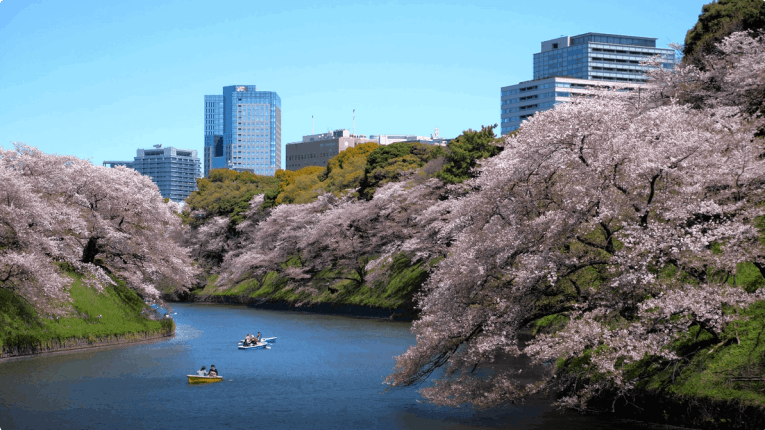
- Hokkaido, northernmost island famous for its cold winters
- Tohoku, the rural north-east part of main island Honshu, best known for seafood, hot springs and skiing
- Kanto, coastal plain of Honshu which includes the city of Tokyo
- Chubu, the mountainous middle region of Honshu
- Kansai, Western region of Honshu, and the ancient capital of culture and commerce
- Chugoku, a rural region in south-westernmost Honshu
- Shikoku, smallest of the four main islands and a destination for Buddhist pilgrims
- Kyushu, southernmost of the four main islands and the birthplace of Japanese civilization
- Okinawa, a semi-tropical southern island chain with distinctive customs and architecture
The name, Japan, contains the characters meaning “sun origin”, explaining why it is known as the “Land of the Rising Sun”.
Japan’s long history
Japan’s fascinating juxtapositions have their roots in its unique history. Over the centuries, there were intermittent periods of closing, and then opening its borders to surrounding nations. The historical record in Japan begins in the fifth century, but archaeological evidence suggests that settlement stretches back 50,000 years.
Japan’s Imperial Line began between the third and seventh centuries. This was also the period of Japan’s first significant contact with neighbouring China and Korea. China had a significant influence, introducing Buddhism and the concept of the nation State. But by the Heian period (794-1185), Japan went back to a more indigenous style of governance, led by emperors who established much of the architecture and gardens we associate with Japanese culture today.
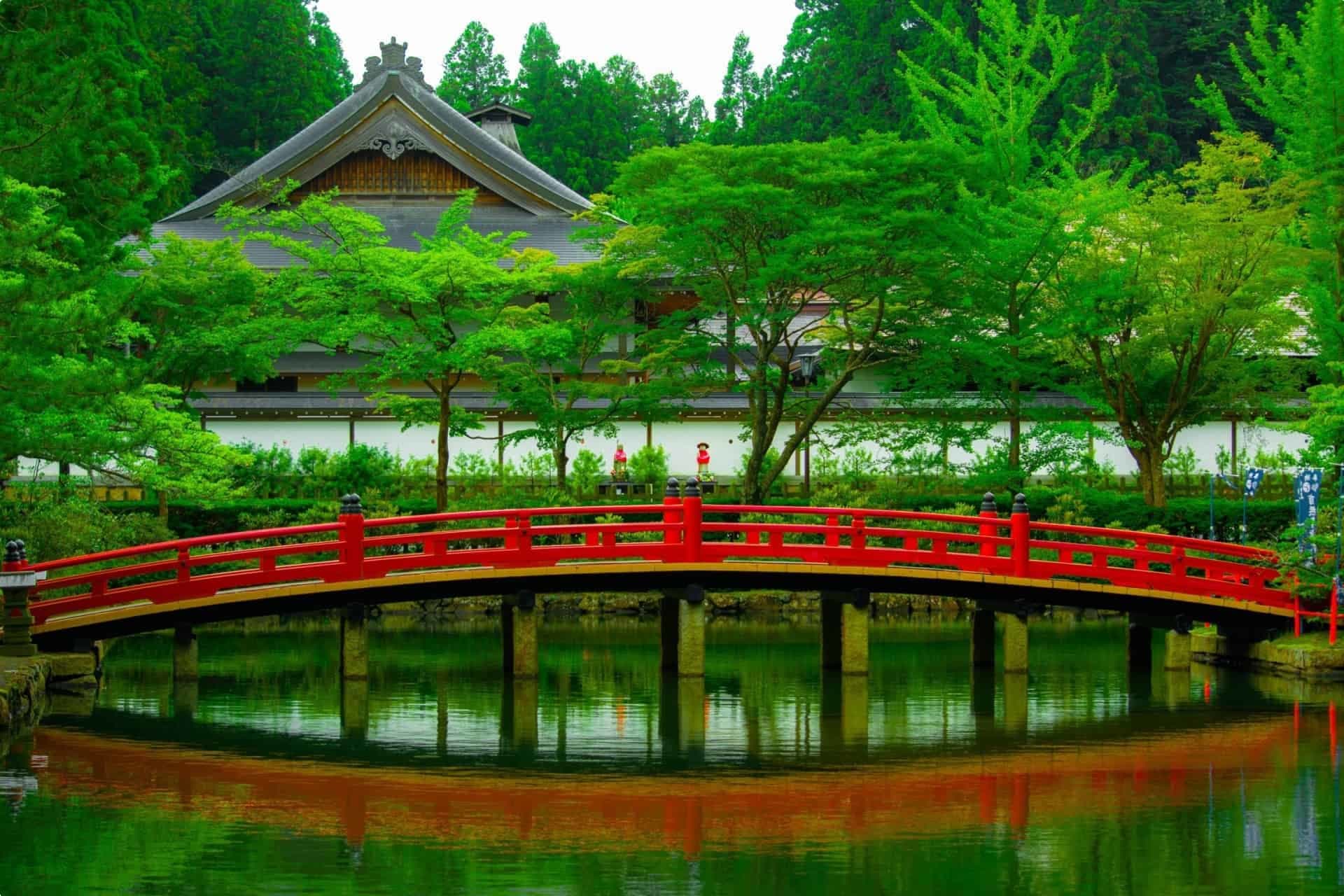
Similarly, the Japanese embraced the eventual influx of the Western World, transforming its fashion, culture and art – but they also resisted. This was particularly so during the 20th century, when political concerns pushed Japan to industrialise and modernise at an incredible rate.
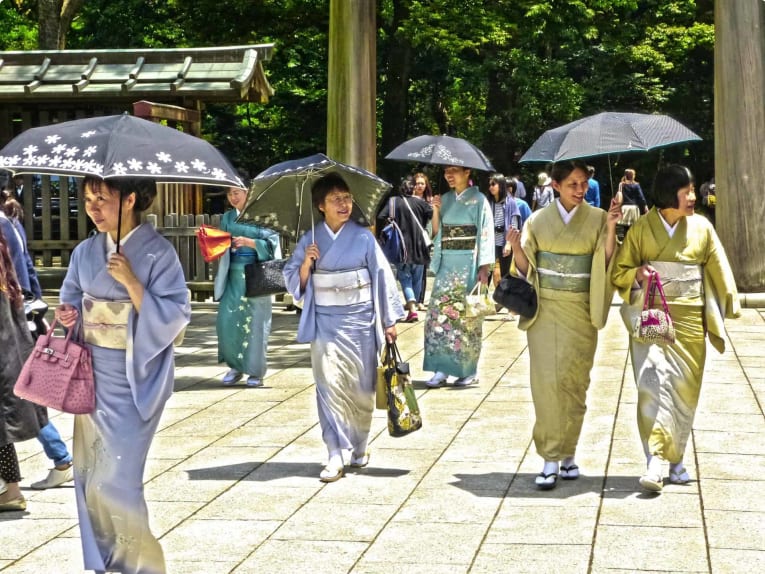
You can read more in our article here about the Shoguns of Japan.
The 1923 earthquake
Economic depression and increasing militarisation followed the devasting earthquake of 1923. Following their defeat in World War II, the Emperor kept his throne but became a constitutional monarch. Pacificism and democracy became the order of the day, with the country channelling its energies into the production of technologies. It re-emerged from poverty to attain the second-largest gross national product in the world. But the 1990s, when the economic bubble burst, are known as Japan’s “lost decade”. The 1995 earthquake in Kobe further devastated the nation, and the economy has yet to fully recover. But despite all this, Japan maintains one of the highest standards of living in the world.
Japan today
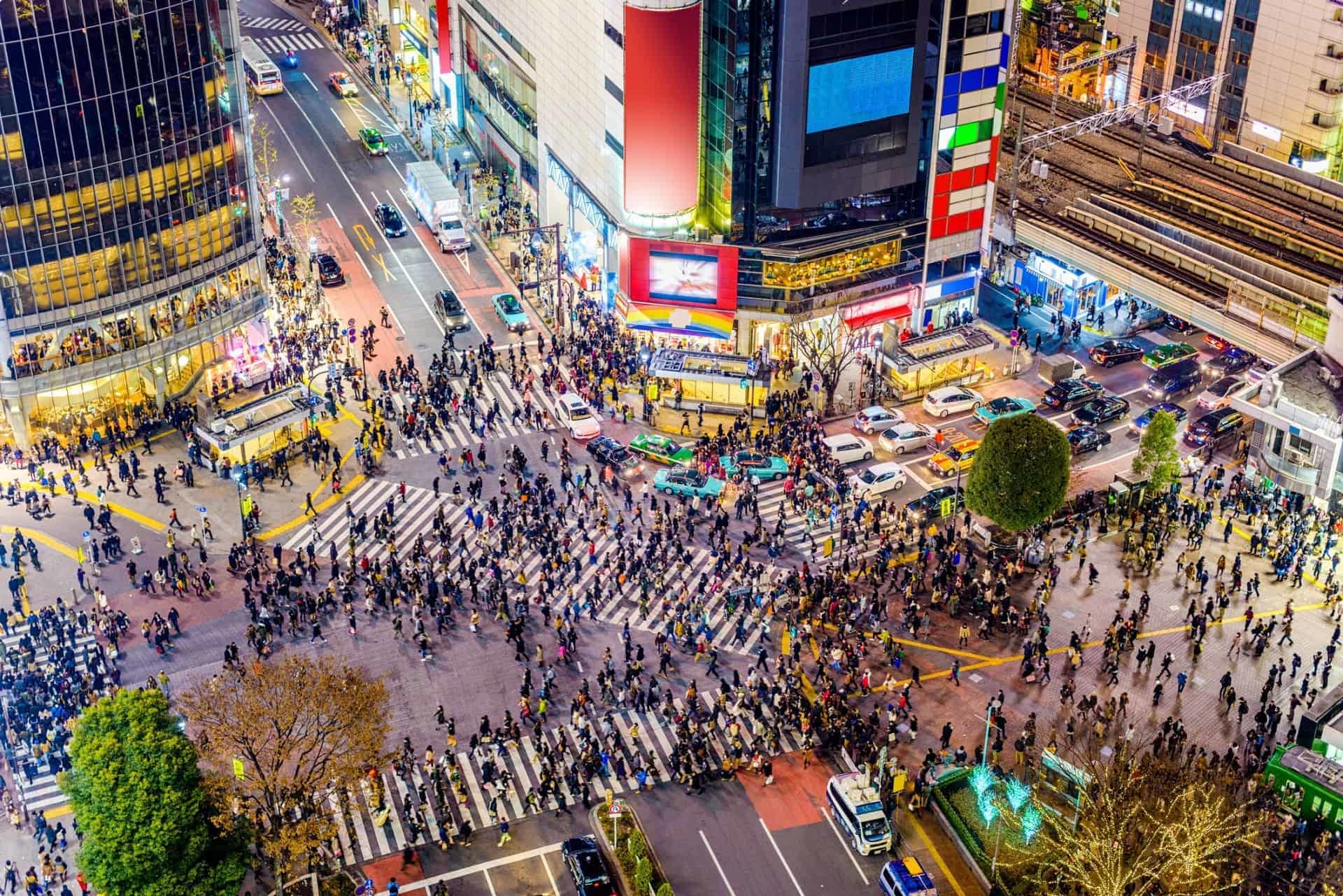
While China and other nations influenced Japan throughout history, for the most part, the nation resisted the rest of the world. This isolation has preserved its rich and unique culture, and has resulted in a high native population, among which foreigners are often conspicuous, but welcome, guests. Tokyo is populated by 33 million people, so for tips on avoiding queues, visit this page. Japanese people are known for being incredibly polite. It is a culture famed for hospitality, or omotenashi, which means care rather than expectation. Its tea ceremonies are symbolic of this, and are widely held to this day. For more information about visiting Japan today, follow this link to the national tourism website.
Japan in all seasons
Japan’s geographical diversity provides attractions for travellers visiting in any season.
Spring
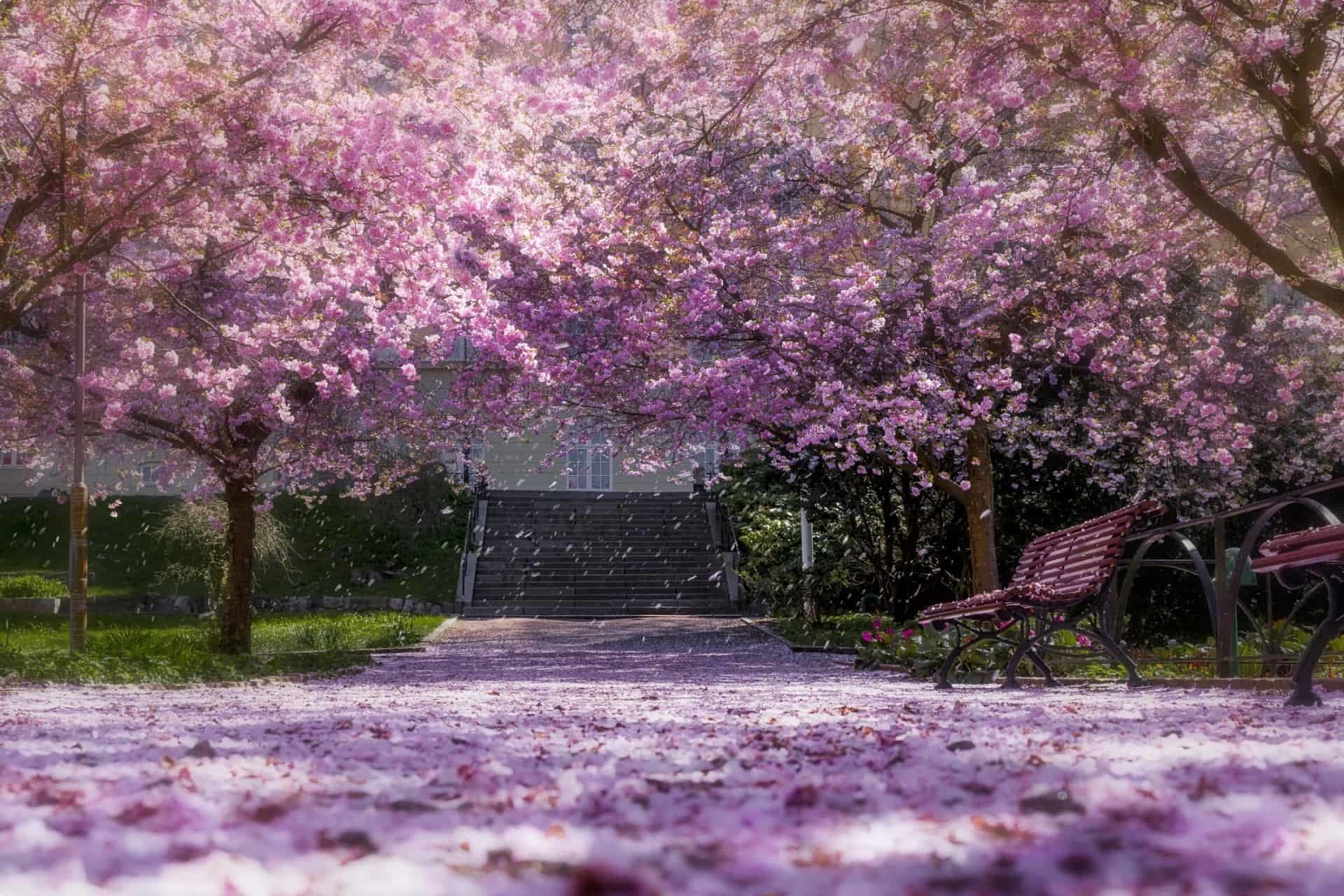
The cherry blossoms (sakura) are in bloom for just one week in spring. Then, their round flowers flutter to the ground, carpeting it in white and pink. This is said to be the most beautiful stage of this brief but unforgettable event. It is celebrated throughout Japan, with festivals featuring food, and beautiful lanterns in the night. While lesser known, plum blossoms also bloom during spring. They have pretty pink flowers and a pleasant fragrance, and make for a great alternative. The climate during spring is very attractive, with warm temperatures and little rain.
To read more about cherry blossom season click through to this article from Odyssey.
Summer
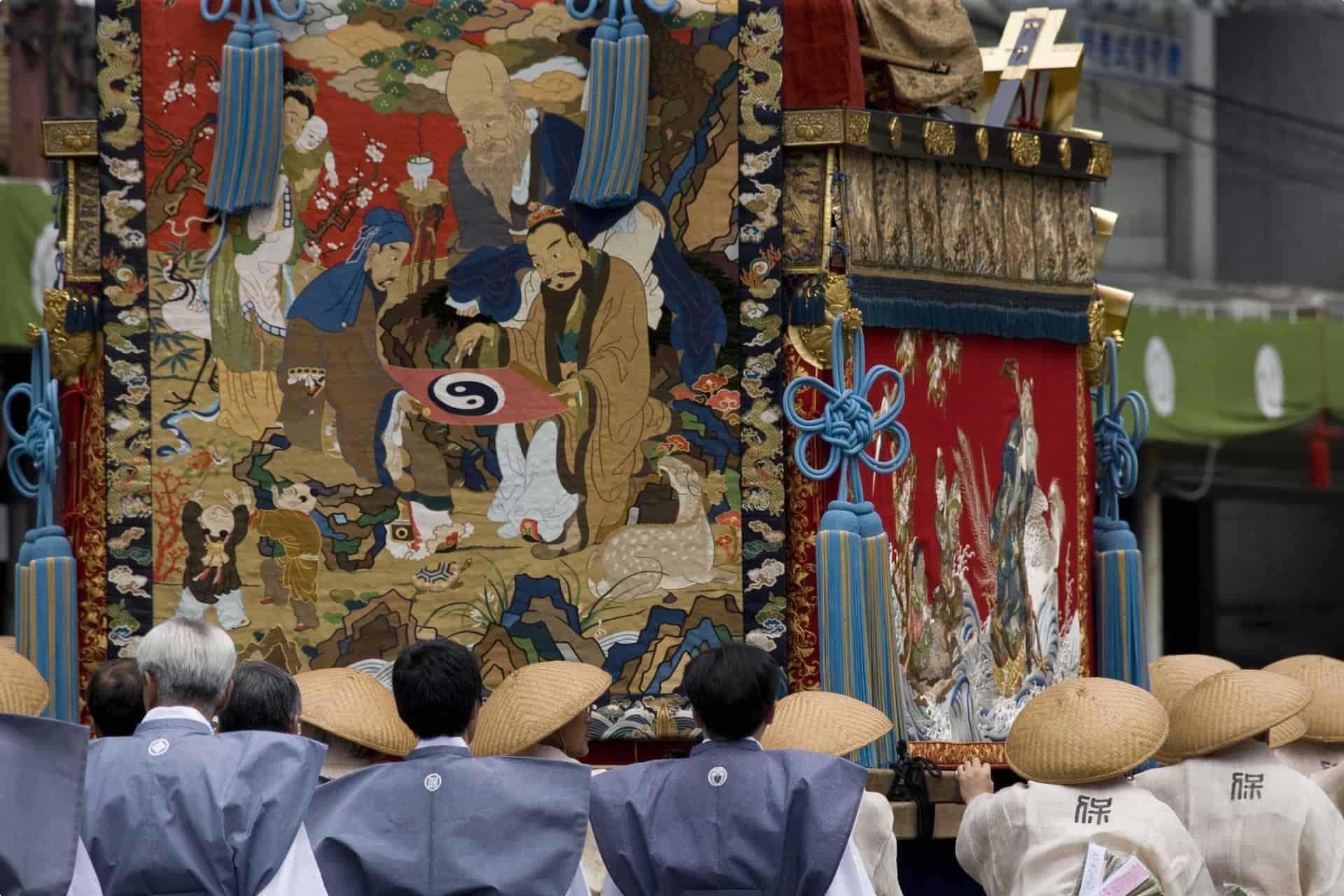
In summer, fireworks can be heard across Japan almost every night. This is the season of festivals, of which there are thousands. The most famous include the Gion Festival in Kyoto, celebrated for the whole month of July and crowned by a great parade; and Osaka’s Tenjin Matsuri, featuring a 90 minute fireworks display that lights the whole sky.
Autumn
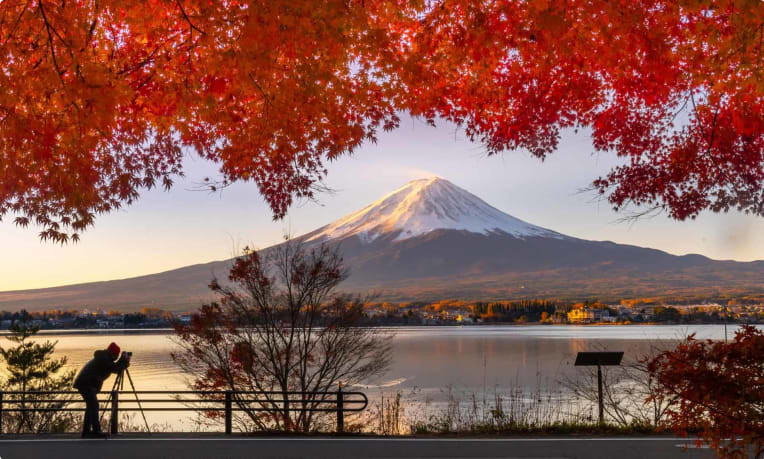
The humidity becomes more tolerable during autumn, making visiting Japan more pleasant. The fall colours are thought to be just as attractive as spring’s cherry blossoms. The colourful autumn leaves are known as koyo in Japanese, and people travel the country in search of the best spot to view the stunning reds, yellows and oranges.
Winter
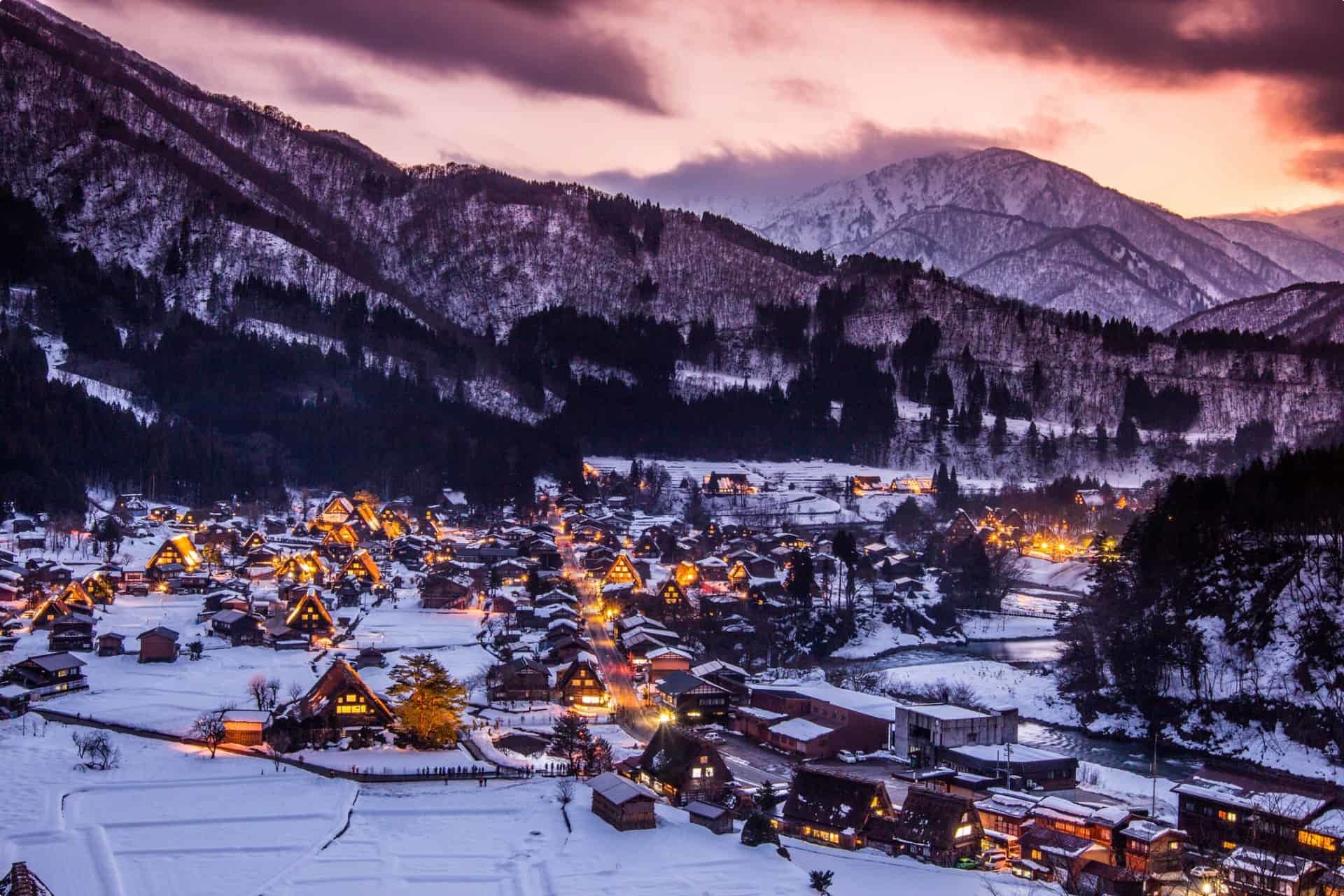
Winter in Japan varies according to your location. In Tokyo and other cities, conditions tend to be milder, but venture into the mountains to the north and you’ll meet impressive snowscapes for many months of the year. Conditions are perfect for winter sports including skiing, snowboarding and ice skating. The chilly season draws as many crowds as any other in Japan.
Japanese Culture
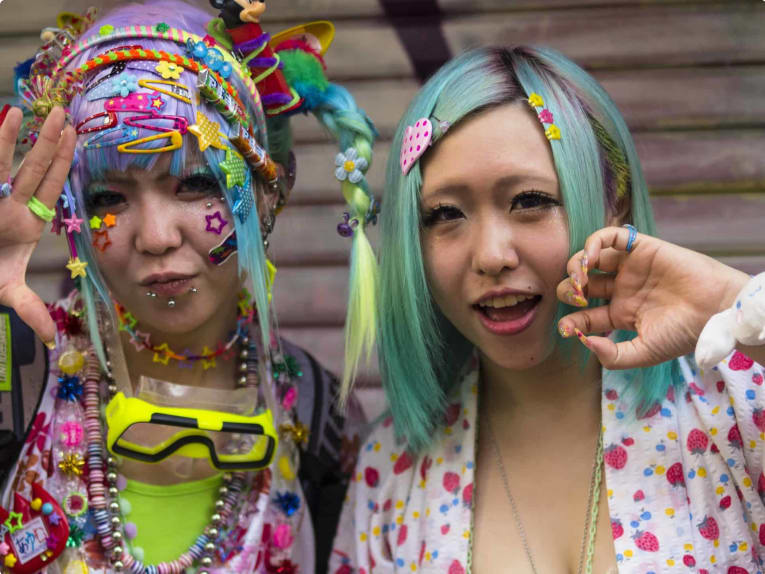
Japanese culture has evolved across the millennia, shaped by intermittent isolation and influence by other nations. Today’s contemporary hybrid culture reflects this rich history. The country is frequently associated with its distinctive popular culture. Its quirky video games, music, fashion and game shows attract worldwide attention. The cartoon art forms of manga and anime are enjoyed by Japanese people of all ages, and continue to influence comic markets and design throughout the world. But, typical of Japanese popular culture, this art form also provides a link to the past. While the manga and anime as we know them developed in the late 19th century, they reference earlier Japanese art traditions, preserving their historical context. Japan’s rich cultural materials both old and new are said to provide an escape for its people from the stresses of the industrial world.
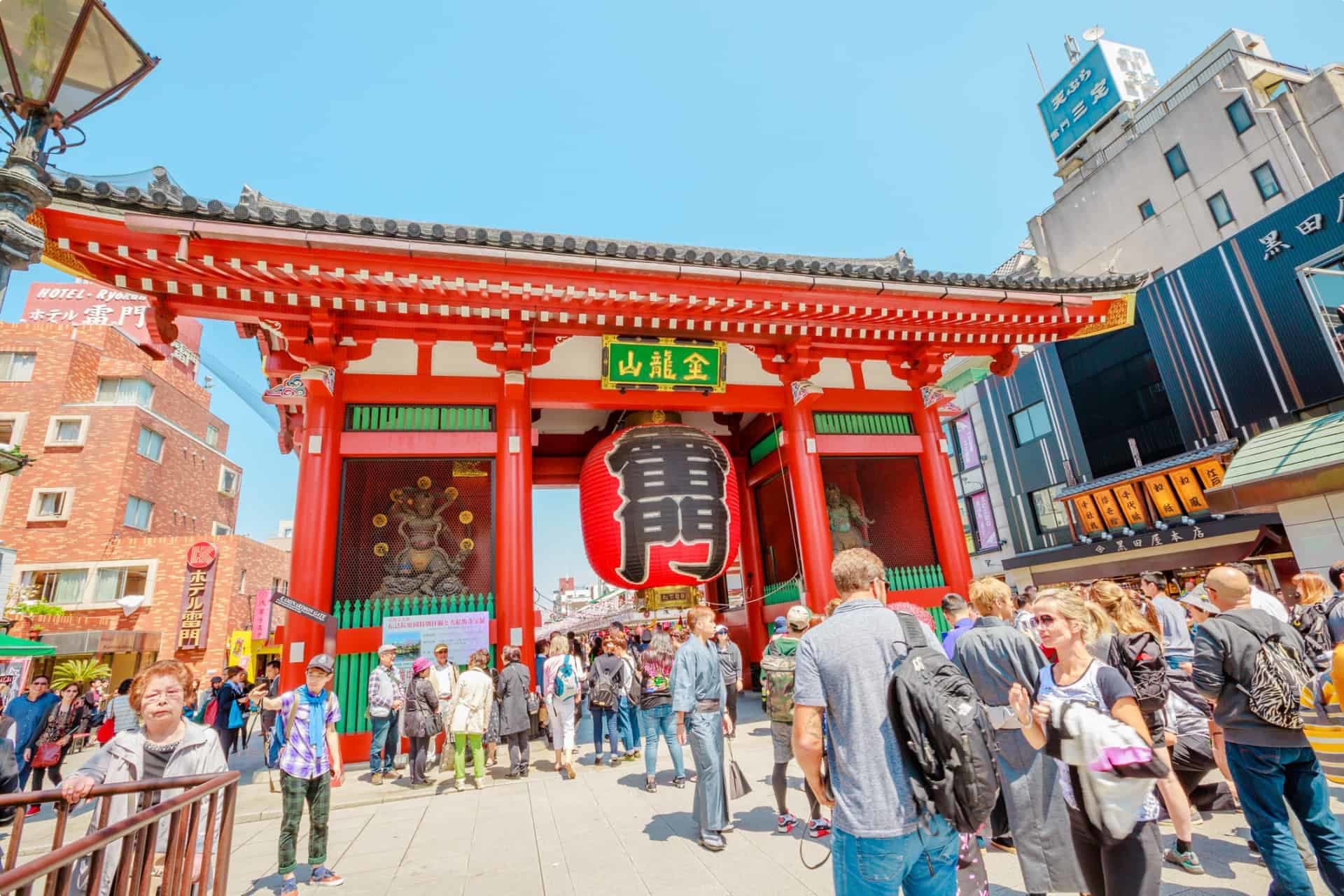
How to be polite in Japan: a checklist
- Learn a little of the language, if you can. The Japanese will appreciate it, even if it’s a little clumsy.
- We recommend you wear shoes that can be easily taken off while travelling in Japan. Many locations, including temples and tea houses, require you to remove your shoes before entering. Be sure to wear good socks!
- Names are a complicated matter in the Japanese language. Using a person’s given name when speaking to them is considered very personal. Instead, use the family name, with the suffix “-san”. Other variations are found, including “-sama” (for people socially above you, including bosses and deities), and “-kun” (for young boys, subordinates and male friends). It is best to stick with “-san” unless someone invites you to do otherwise. In fact, names are frequently not used at all in the Japanese language, which often uses pronouns instead.
- When drinking sake or beer, it is impolite to refill your own glass. Typically, someone will refill it well before it is empty. To be especially polite, hold it up with both hands while it this is happening.
- Gift giving is very common in Japan, and you may be lucky enough to receive some throughout your travels. While it is not expected, reciprocation is a polite practice, so simple souvenirs may be handy to have on hand. Consumable gifts are popular, and re-gifting is a common practice!
More points to remember when visiting Japan
- Expressing gratitude differs slightly from gift-giving. It is good etiquette to send a hand-written thank you note to your host, if possible.
- The elderly are treated with great respect in Japan, and enjoy certain privileges such as seats aboard busy trains.
- Visiting temples often involves a particular cleansing procedure before you enter. Rinse your left hand, then right, using dippers filled with water. Then cup your hands together to rinse your mouth. Do not touch your mouth with the dipper directly. Finally, rinse your left hand again with the remaining water in the dipper.
- Carry your rubbish with you if you cannot find a bin, and be conscious that Japan recycles many materials.
And a few Japanese etiquette don’ts!
- Shoes are thought to be very dirty, so don’t point them towards anyone or let them brush against someone’s clothing.
- Don’t blow your nose in public or speak loudly into a mobile phone – both are thought to be very rude.
- Gesture with an open palm, rather than pointing your finger.
- And avoid back slaps and hugging, which are not common practice in Japan.
Travel to Japan with Odyssey Traveller
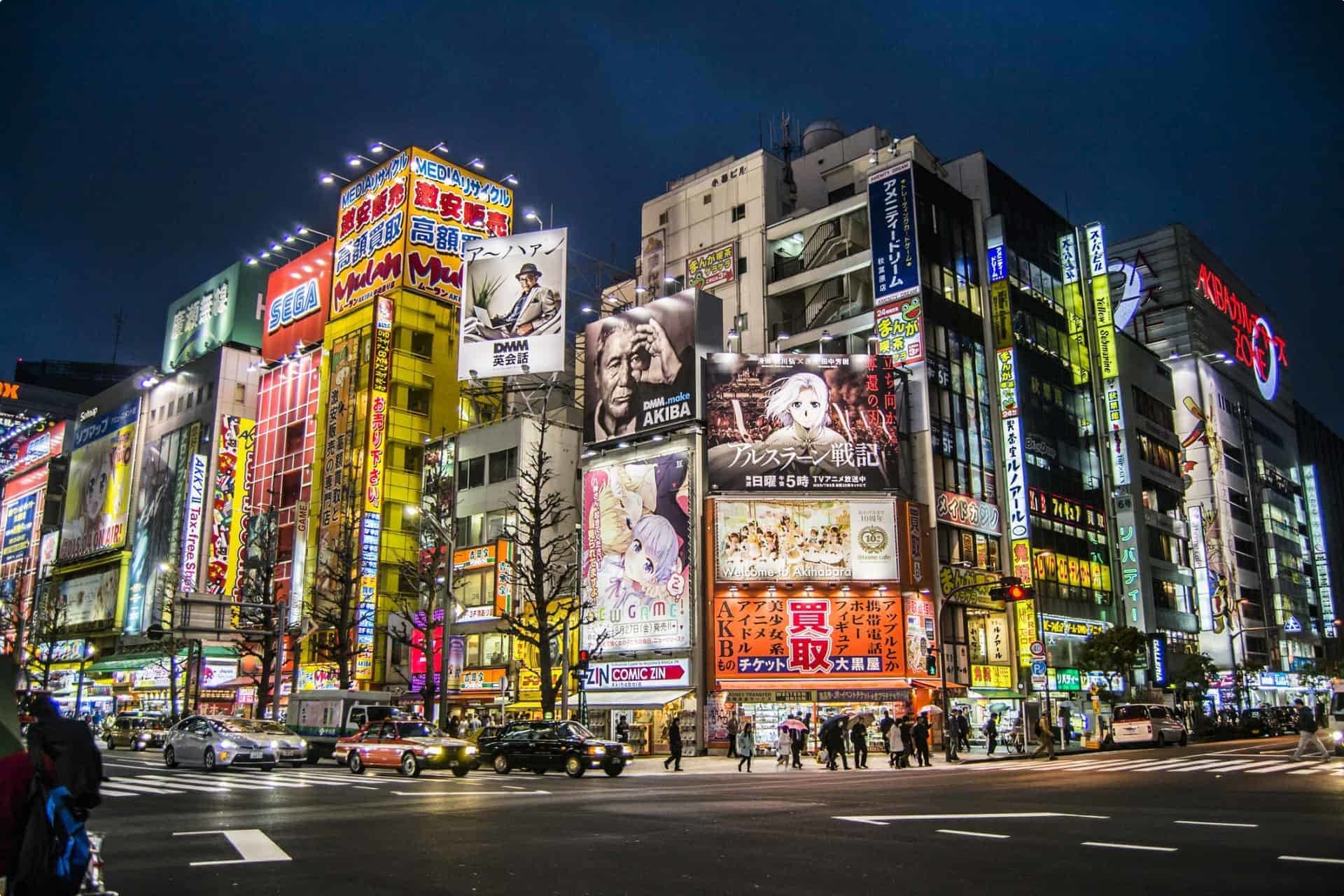
Each year, Odyssey offers a number of escorted tours of Japan tailored for small groups of mature travellers. Typically they have an educational theme, providing access to the country’s rich culture and natural wonders.
Our Walking Japan small group tour is perfect for the active, mature traveller, be they solo or travelling as a couple. Beginning in Tokyo and ending in the ancient capital of Kyoto, professional guides ensure access to the extraordinary. This tour journeys around the northeast region of Japan, following in the footsteps of the famous 17th century poet, Matsuo Basho. Recommended for active travelers, highlights include joining in a Japanese prayer service on Mt Haguru at sunrise, and visits to temples and museums in both urban and rural locations. A look at our blog entry on footwear is advised for those interested in this tour.
On Odyssey’s Contemporary Japan small group tour, we explore Japan’s urban wonders, but also enjoy the serenity of its parks and temples. Time is spent in thriving Tokyo, loading up on architecture and electronics, and touring residential neighbourhoods where most tourists don’t get to go. We check out its burgeoning contemporary art scene, stroll through serene gardens, and visit museums. Travelers also visit historic Shimoda on the Pacific Ocean, and spend time exploring ancient Kyoto.
Our Japan History by Rail small group tour passes the breathtaking Mount Fuji as its weaves its way across the country via Japan’s world renowned railway system, offering breathtaking views of its natural and urban beauty.
Finally, our Escorted Seniors Small Group cultural tour of Japan explores ancient religions and culture, and includes visits to world-renowned temples and shrines.
All our tours include an English-speaking guide to introduce you to the cultures of this incredible nation. All of Odyssey’s tours of Japan can be found here. Our tours remain very popular, with four scheduled departures typically each year. Follow their links above to learn more and see their full itineraries!
Finally here is a link to a collection of books about Japan that you may wish to browse through and consider reading to learn more.
Please do not hesitate to leave a comment or contact us for further information about Odyssey’s tours and visiting Japan.
About Odyssey Traveller

Odyssey Traveller is committed to charitable activities that support the environment and cultural development of Australian and New Zealand communities. We specialise in educational small group tours for seniors, typically groups between six to 15 people from Australia, New Zealand, USA, Canada and Britain. Odyssey has been offering this style of adventure and educational programs since 1983.
We are also pleased to announce that since 2012, Odyssey has been awarding $10,000 Equity & Merit Cash Scholarships each year. We award scholarships on the basis of academic performance and demonstrated financial need. We award at least one scholarship per year. We’re supported through our educational travel programs, and your participation helps Odyssey achieve its goals.
Odyssey Traveller also has a Loyalty Program for regular travellers. Membership of the alumni starts when you choose to take your first international small group tour with Odyssey Traveller. To see the discounts and benefits of being a Bronze, Silver, Gold, and Diamond alumni member with us, please see this page.
For more information on Odyssey Traveller and our educational small group tours, visit and explore our website. Alternatively, please call or send an email. We’d love to hear from you!
